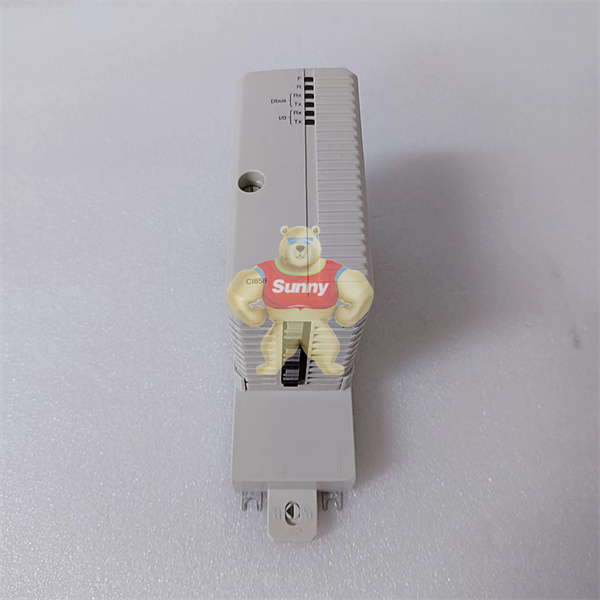With the application of a series of cutting-edge technologies, the repetitive mechanical work in manufacturing industry is becoming increasingly intelligent. Among them, industrial robots play a vital role in intelligent manufacturing, which improves the manufacturing efficiency, reduces the cost of employment, and improves the working conditions. Recently, iResearch released “2023 China Industrial robot industry Research Report”, analyzed the development environment, industrial chain and future trend of industrial robots.
1. Development environment
According to the International Organization for Standardization (ISO) definition, industrial robot refers to the application in the field of industrial production line, through the input program for automatic control, repeatable programming of the multifunctional mechanical structure.

CI858K01 3BSE018135R1

CI858K01 3BSE018135R1

CI858K01 3BSE018135R1
In the short term, China’s manufacturing industry recovered rapidly after the epidemic, and the digital upgrading of the industry cannot do without the power of industrial robots. In the long run, the disappearance of demographic dividend, strong policy support, and the combination of emerging technologies and robots will become the main driving forces for the rapid growth of Chinese industrial robots.
Specifically, on the demand side, the continuous decrease of the potential working-age population in the manufacturing industry leads to the increase of labor costs, and the trend of “machines for people” has become a general trend. At the same time, the development of cutting-edge technology also promotes the high-end and intelligent upgrading of industrial robots, which can complete production work in high-risk environments and has obvious advantages in improving efficiency. In addition, as the scale of robot production increases, the cost of manufacturing will be significantly reduced.
In terms of policies, in January 2023, 17 departments including the Ministry of Industry and Information Technology issued the “Robot +” Application Action Plan, which proposed that by 2025, the density of robots in the manufacturing industry will be doubled compared with that in 2020, the depth and breadth of application of service robots and special robots will be significantly improved, and the ability of robots to promote high-quality economic and social development will be significantly enhanced.
In terms of technology, machine vision, sensors and other technologies are deeply integrated with industrial robots to promote their usability and ease of use. In addition, AI, cloud computing and other technologies are pushing industrial robots to further expand their capability boundaries, with easy control, intelligence and interconnection becoming the new direction.
 1 Year Warranty
1 Year Warranty





